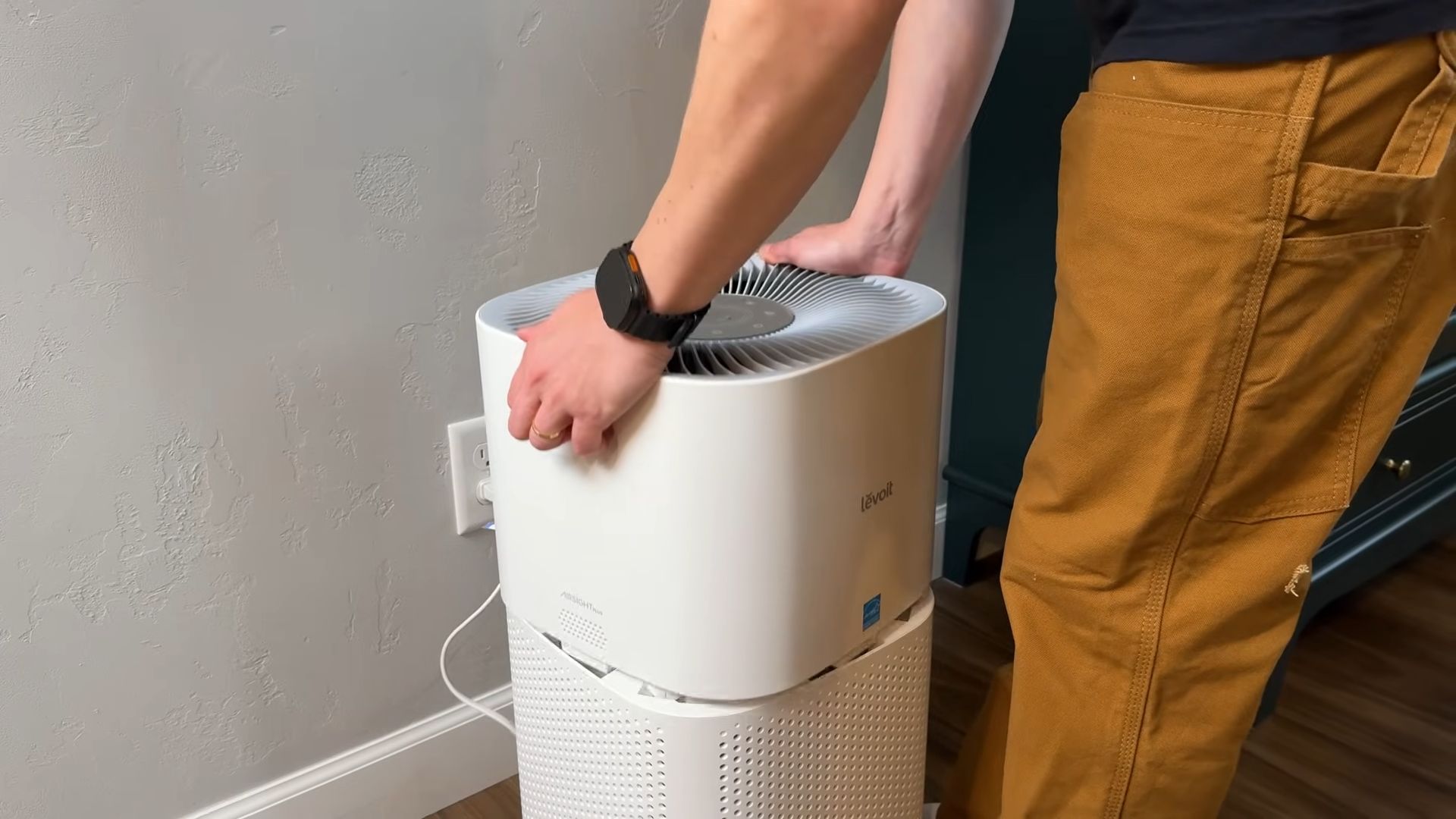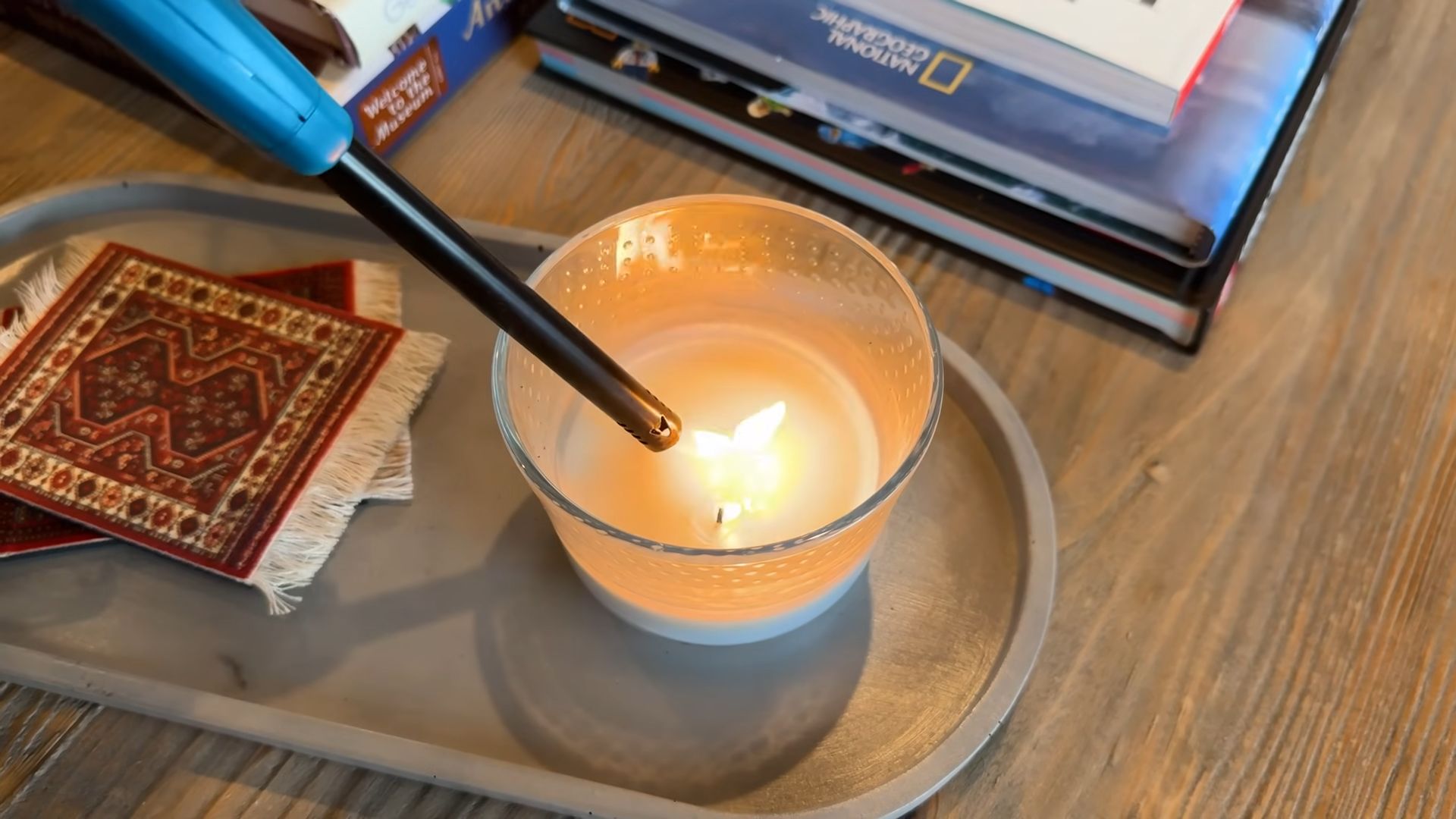Natural Home Fragrance: DIY Tricks for a Sweet-Smelling Sanctuary
I’ve always loved the feeling of walking into a home that smells absolutely divine, a scent that’s both welcoming and relaxing. That’s why I’m so excited to share my favorite Natural Home Fragrance DIY tricks with you! Forget harsh chemical air fresheners; we’re diving into the world of creating beautiful, natural scents using ingredients you might already have in your kitchen or easily find at your local market.
The desire for pleasant-smelling homes is nothing new; throughout history, cultures have used natural materials like herbs, spices, and flowers to create inviting atmospheres. Think of the fragrant potpourris of Victorian times or the use of incense in ancient rituals. These traditions highlight the deep-seated human connection to scent and its power to influence our mood and well-being.
In today’s world, filled with artificial fragrances and potentially harmful chemicals, creating your own Natural Home Fragrance is more important than ever. Why settle for synthetic smells when you can craft unique, personalized scents that are both healthy and beautiful? This article will guide you through simple, effective DIY projects, from simmering potpourris to homemade reed diffusers, allowing you to transform your living space into a fragrant oasis.
Whether you’re looking to create a calming atmosphere after a long day, impress guests with a welcoming aroma, or simply enjoy the therapeutic benefits of natural scents, these DIY tricks will empower you to fill your home with the delightful fragrances you love, naturally and affordably. Let’s get started!

Creating Your Own Natural Home Fragrance: A DIY Guide
I love the feeling of walking into a home that smells amazing, but I’m not a fan of the harsh chemicals in many commercial air fresheners. That’s why I started making my own natural home fragrances, and I’m excited to share my process with you!
Phase 1: Choosing Your Scent
- Select your essential oils: This is the fun part! Experiment with different combinations to find your perfect scent. Some popular choices include lavender (calming), lemon (energizing), peppermint (refreshing), eucalyptus (cleansing), and orange (uplifting). Remember to check for any potential allergies before using a new oil.
- Consider your space: The size of the room and its purpose will influence your scent choice. A small bathroom might benefit from a lighter scent, while a larger living room could handle something more robust.
- Think about the mood you want to create: Do you want a relaxing atmosphere, an invigorating space, or something more neutral? Your essential oil blend should reflect this.
- Start small: Don’t be afraid to experiment, but begin with smaller quantities of essential oils until you find a blend you love. You can always add more later.
Phase 2: Making Your Natural Room Spray
This is a simple and effective way to freshen your home naturally. You’ll need a few basic supplies.
- Gather your supplies: You’ll need a small spray bottle (glass is best), distilled water, your chosen essential oils, and a small funnel (optional, but helpful).
- Calculate your essential oil ratio: A good starting point is 20-30 drops of essential oil per 100ml of distilled water. For a stronger scent, increase the number of drops. For a milder scent, decrease the number. Remember, you can always add more later, but you can’t take it away!
- Add the water: Using the funnel, carefully pour the distilled water into the spray bottle. Leave some space at the top for the essential oils.
- Add the essential oils: Add your chosen essential oils to the spray bottle. Again, the funnel can be very helpful here to avoid spills.
- Shake well: Close the spray bottle tightly and shake it vigorously to combine the water and essential oils.
- Test the scent: Before spraying throughout your home, test the spray in a small, inconspicuous area to ensure you like the scent and strength. You might need to adjust the ratio of essential oils to water.
- Spray and enjoy: Once you’re happy with the scent, lightly mist your room. Avoid spraying directly onto furniture or delicate fabrics.
Phase 3: Creating a Natural Reed Diffuser
Reed diffusers offer a more subtle and long-lasting fragrance. Here’s how to make your own.
- Gather your supplies: You’ll need a decorative glass bottle with a narrow neck (available at craft stores), your chosen essential oils, a carrier oil (such as jojoba oil or almond oil), and reed diffusers (usually rattan reeds).
- Choose your carrier oil: Carrier oils help to dilute the essential oils and allow the fragrance to diffuse more slowly. Jojoba oil is a popular choice because it doesn’t leave a greasy residue.
- Calculate your oil ratio: A good starting point is a ratio of 10-15% essential oil to carrier oil. For example, if you’re using 100ml of carrier oil, you would add 10-15ml of essential oil. Again, adjust to your preference.
- Combine the oils: In a small bowl, gently mix your chosen essential oils with the carrier oil. Make sure they are well combined.
- Pour into the bottle: Carefully pour the oil mixture into your decorative glass bottle. Use a funnel if necessary to avoid spills.
- Insert the reeds: Insert the reed diffusers into the bottle. The number of reeds you use will affect the strength of the scent. More reeds will result in a stronger scent, while fewer reeds will provide a more subtle fragrance.
- Flip the reeds: Initially, flip the reeds over after a few hours to help saturate them with the oil mixture. After that, you can flip them every few days to maintain a consistent scent.
- Adjust as needed: Over time, the scent may fade. You can flip the reeds more frequently or replace them with a fresh set to maintain the fragrance.
Phase 4: Making Potpourri for a Natural Scent
Potpourri is a classic way to add fragrance to your home. It’s a great option for a more rustic or decorative approach.
- Gather your supplies: You’ll need dried flowers and botanicals (rose petals, lavender buds, etc.), essential oils, a large bowl, and a decorative container.
- Choose your botanicals: Select dried flowers and botanicals that complement your chosen essential oils. Consider color and texture for visual appeal.
- Prepare your botanicals: If you’re using fresh flowers or botanicals, you’ll need to dry them first. This can be done by air drying or using a dehydrator. Ensure they are completely dry before proceeding.
- Add essential oils: In the large bowl, gently toss the dried botanicals with your chosen essential oils. Start with a small amount and add more as needed until you achieve your desired scent. Avoid over-saturating the botanicals.
- Let it sit: Allow the botanicals to sit for a few hours or overnight to allow the essential oils to absorb properly. This will help the fragrance last longer.
- Arrange and display: Once the essential oils have absorbed, arrange the potpourri in your chosen decorative container. You can add other decorative elements, such as stones or ribbons, to enhance the presentation.
- Refresh the scent: Over time, the scent of your potpourri may fade. You can refresh it by adding a few more drops of essential oils.
Phase 5: Important Considerations
- Safety first: Always keep essential oils out of reach of children and pets. Some essential oils can be toxic if ingested.
- Patch test: Before using a new essential oil blend, perform a patch test on a small area of skin to check for any allergic reactions.
- Ventilation: Ensure adequate ventilation in your home when using essential oils, especially in enclosed spaces.
- Storage: Store your essential oils and homemade fragrances in a cool, dark place to preserve their quality and scent.
- Experiment and have fun: The beauty of DIY natural home fragrance is the ability to personalize it to your liking. Don’t be afraid to experiment with different essential oil combinations and methods to find what works best for you.

Conclusion
Creating your own natural home fragrance is more than just a DIY project; it’s a journey towards a healthier, more personalized living space. This simple yet effective method allows you to control the ingredients, ensuring you’re only breathing in pure, natural scents free from harsh chemicals and artificial perfumes often found in commercial air fresheners. The satisfying process of blending essential oils and choosing your favorite carrier is incredibly rewarding, transforming your home into a fragrant sanctuary tailored to your preferences. Beyond the delightful aroma, you’ll appreciate the cost-effectiveness and the eco-friendly nature of this approach, reducing your environmental footprint while enhancing your well-being. The versatility of this natural home fragrance technique is truly remarkable; you can adapt it to suit any season, mood, or occasion, creating a constantly evolving olfactory landscape within your home. Don’t just take our word for it – experience the transformative power of crafting your own natural home fragrance. The subtle yet impactful difference it makes to your home’s ambiance is truly remarkable.
Experiment with different essential oil combinations to discover your signature scent. Perhaps a blend of citrusy lemon and uplifting lavender for a bright, energizing atmosphere in the morning, or a calming mix of chamomile and sandalwood for a relaxing evening ambiance. You can also adjust the intensity of the fragrance by altering the ratio of essential oils to your chosen carrier. For a stronger scent, increase the amount of essential oils; for a subtler fragrance, reduce it. Consider using different carriers, such as reeds, diffusers, or even potpourri, to explore various methods of dispersing the fragrance throughout your home. The possibilities are endless, allowing you to personalize your home fragrance experience to perfectly match your individual taste and preferences. This is your opportunity to create a truly unique and inviting atmosphere, one that reflects your personality and enhances your overall well-being.
We strongly encourage you to try this simple yet effective method of creating your own natural home fragrance. Share your creations and experiences with us and the wider community! Post pictures of your DIY projects on social media using #NaturalHomeFragranceDIY and tag us. We’d love to see your unique blends and hear about your favorite essential oil combinations. Let’s inspire each other and create a collective of naturally fragrant homes. Remember, the beauty of this method lies in its adaptability and personalization. Don’t be afraid to experiment, to explore, and to discover the perfect scent that transforms your house into a home filled with the most delightful and natural aromas.
Frequently Asked Questions
What essential oils are best for beginners?
For beginners, we recommend starting with readily available and versatile essential oils like lavender (calming), lemon (energizing), and tea tree (purifying). These oils are generally well-tolerated and offer a good starting point for experimenting with different fragrance profiles.
How long does a homemade natural home fragrance last?
The longevity of your homemade fragrance depends on several factors, including the type of carrier used, the concentration of essential oils, and environmental conditions. Generally, you can expect a reed diffuser to last for several weeks, while a potpourri might last for a few months, releasing fragrance gradually. Remember to top up your diffuser or replace your potpourri as needed to maintain a consistent scent.
Are there any safety precautions I should take when making natural home fragrance?
Always ensure you are working in a well-ventilated area. Avoid direct contact with skin and eyes. Keep essential oils out of reach of children and pets. If you have any allergies or sensitivities, perform a patch test before using a new essential oil. Consult with a healthcare professional if you have any concerns.
Can I use any type of carrier oil?
While many oils can work, some are better suited than others. Avoid using oils that might go rancid quickly, such as olive oil. Good choices include jojoba oil, almond oil, or even fractionated coconut oil. The best carrier oil will depend on your chosen method of dispensing the fragrance.
What if my homemade fragrance is too strong or too weak?
If your fragrance is too strong, simply dilute it by adding more of your chosen carrier. If it’s too weak, add a few more drops of your essential oil blend. Remember, you can always adjust the ratio of essential oils to carrier to achieve your desired intensity.
Can I use this method to make a room spray?
Absolutely! You can easily adapt this method to create a natural room spray. Simply combine your chosen essential oils with distilled water and a small amount of alcohol (such as vodka) as a preservative. Shake well before each use and spray lightly in the desired area.
Where can I buy high-quality essential oils?
Look for reputable suppliers that offer 100% pure, therapeutic-grade essential oils. Many health food stores and online retailers specialize in selling high-quality essential oils. Always check reviews and ensure the supplier provides detailed information about the sourcing and extraction methods of their oils.
What are some other creative ways to use this natural home fragrance?
Beyond reed diffusers and potpourri, you can incorporate your essential oil blends into homemade candles, bath bombs, or even laundry detergent for a consistently fragrant home. The possibilities are truly endless, allowing you to personalize your home’s scent in countless creative ways.




Leave a Comment